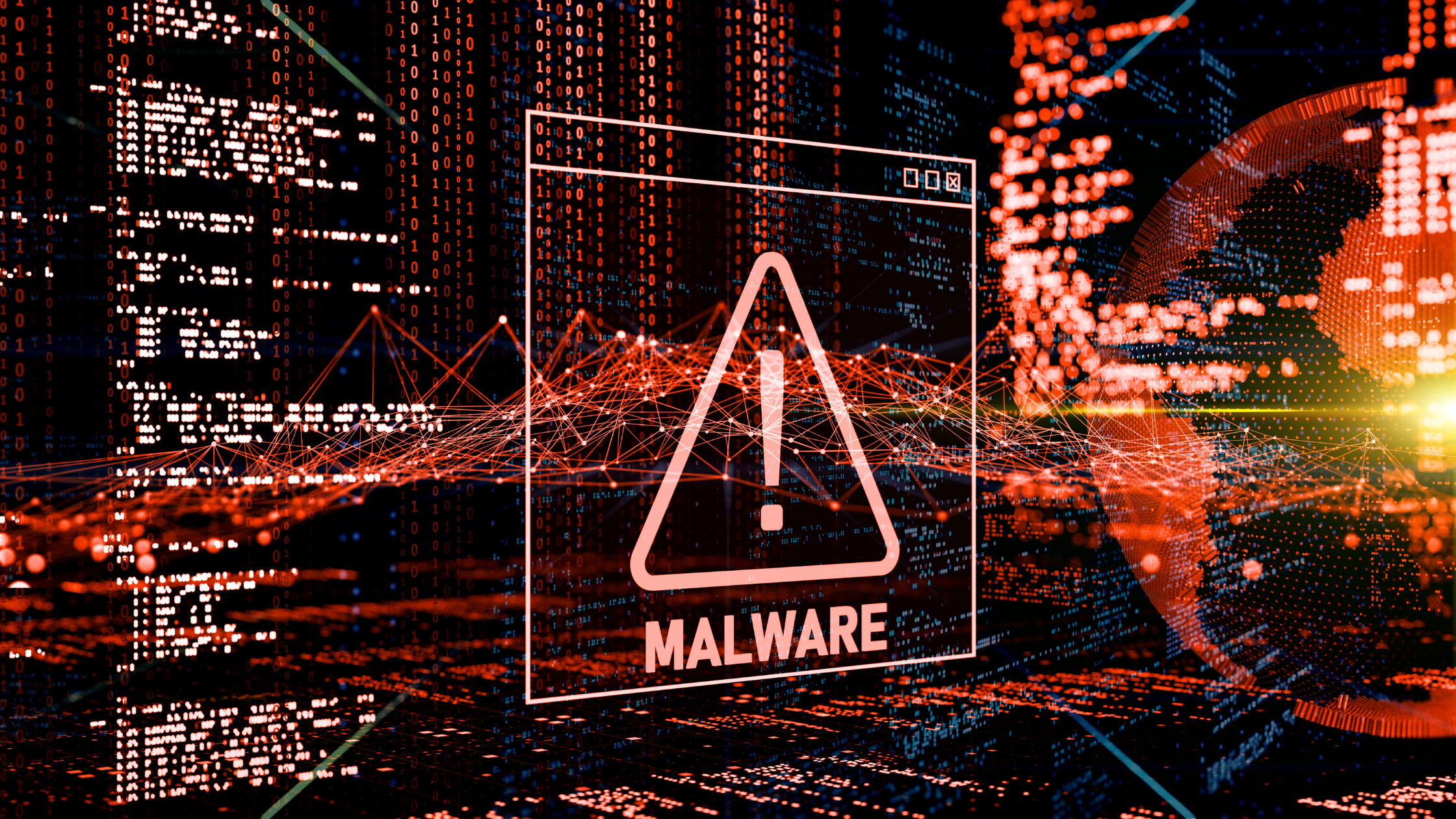What is Malware?
Malware is a catch-all term for viruses, trojans, and other disruptive computer programs that threat actors use to infiltrate systems and networks in order to get access to sensitive data.
Definition of Malware
Malware, also known as malicious code or malicious software, is a program that is secretly injected into a system with the goal of jeopardizing the confidentiality, integrity, or availability of the victim’s data, applications, or operating system (OS) or disturbing or disrupting the victim. Viruses and worms, for example, are frequently engineered to fulfill these malevolent duties in such a way that people are unaware of them, at least at first. In the 1980s, the malware was a minor annoyance to individuals and businesses; today, malware is the most serious external threat to most systems, inflicting widespread damage and disruption and needing large recovery operations within most businesses.
The major types of malware are listed and described below.
Computer Virus
This is the most prevalent sort of malware identified, and it’s also a catch-all term for a variety of malware subcategories. It’s a parasitic sort of malware that repeats itself by copying itself onto other applications. It doesn’t have built-in autonomous replicating capabilities, and it can’t exist on its own because it’s parasitic. A computer virus is usually software that may be executed. Computer infections can be spread via downloads, email attachments, and instant message attachments. The virus then hooks itself to the target computer’s existing programs. The main goal is to break into the computer system and corrupt it. Viruses can be eliminated from computers by installing and running antivirus or antimalware software.
Simply Computer viruses can be Defined as Follows,
A computer virus is a dangerous piece of software that spreads from one device to another. These self-copying threats, which are a subset of malware, are usually designed to harm a device or steal data.
What Computer Virus Can Do?
Some computer viruses are designed to damage your computer by destroying files, corrupting applications, or reformatting the hard drive. Others just clone themselves or flood a network with traffic, rendering all internet activity impossible. Even less harmful computer viruses can cause problems with your system’s efficiency, robbing it of memory and triggering frequent crashes.
Worms
This type of malware is the most common of all malicious programs, and it has the most impact on corporate data. It has the ability to self-replicate via networks and is self-sustaining. It includes built-in replication features that detect and distribute to other hosts via inbuilt email or scan engines. It makes use of system flaws and can potentially deliver additional malware as a payload. Large computer networks are at risk from it. Malware removal programs can be used to eradicate computer worms.
How Worm Works?
Worms can be spread by exploiting software vulnerabilities. Computer worms may also be transmitted as attachments in spam emails or instant conversations (IMs). When these files are opened, they may provide a link to a malicious website or download the computer worm automatically. The worm discreetly gets to work and infects the machine without the user’s knowledge once it’s installed.
Worms have the ability to change and remove files, as well as insert other malicious software onto a computer. By overloading a shared network, a computer worm can sometimes simply generate copies of itself over and over, draining system resources such as hard drive space. Worms can also steal data, create a backdoor, and give a hacker complete access to a computer’s system settings.
Logic Bombs
A logic bomb is a type of malware that executes a set of instructions to compromise information systems based on the logic defined by its creator. Logic bombs are usually programs that use either time or an event as the trigger. When the condition(s) stipulated in the instruction set is met, the code present in its payload is executed. It is mostly used by disgruntled employees planning revenge on their employers or by Blackhats hackers for financial gains.
Back Doors
A backdoor is an additional way into a system. They’re utilized to go around the system’s built-in security features. They’re routinely used by programmers to test certain code functionality in the shortest amount of time, and they’re frequently left behind by mistake. However, attackers may plant them in order to maintain privileged access to a system after it has been hacked. Backdoors are a sort of malware that is not self-replicating.
Trojan
A Trojan horse, often known as a Trojan, is software that looks like a genuine program but contains harmful code. It is based on Homer’s Iliad’s notion of the Trojan horse. It is a non-replicating program that is parasitic in nature because it requires a valid software to disguise itself. The Trojan is disguised as a beneficial piece of free software or an add-on. However, once installed, the Trojan horse allows hackers access to the target computer, allowing them to carry out illicit actions on it from a remote location. Trojan horses can be eradicated manually or with the help of antivirus software.
Spyware
This is a type of malicious code that is used to monitor a victim’s activity on a computer system as well as steal important client information. These are some of the most commonly utilized technologies for identity theft, which is a significant concern for people that use the internet through insecure or public systems. Spyware can infect a computer system in a variety of ways, including free online scanning, Internet add-ons or plugins, dodgy websites and photos, and even a search engine. Antispyware removal tools can be used to get rid of spyware.
Adware
The term “adware” refers to software that is supported by advertisements. The program’s purpose is to display adverts on a computer. Some adware, on the other hand, is dishonest and hence can be categorized as spyware – since that is exactly what it does – spy on the computer user and steal sensitive information from them. Adware can also be eradicated with the help of reputable spyware removal software.
Rootkit
Rootkits are a type of application that modifies the regular operating system’s functionality in order to disguise any harmful activities. They usually replace basic operating utilities like kernel, netstat, ls, and ps with their own set of programs in order to filter out any harmful activities before displaying findings on the screen.
Crimeware
Crimeware is a type of virus designed specifically to commit online crimes. The primary goal of crimeware is to steal financial and confidential information, such as credit card numbers and passwords, and use it to gain access to private online bank accounts or financial services, a practice known as identity theft. Social engineering and deceptive manipulation of people can lead to the release of personal information, which is how crime is spread. Malware can also be downloaded by exploiting flaws in software applications or email attachments.
Keyloggers
Keyloggers are designed to record and report information about user keystrokes to the person or group who installed them. Organizations may utilize keyloggers to track the activity of their workers or employees. Keyloggers can also be used to steal sensitive information and commit identity theft as a sort of spyware.
Bots & Botnets
A bot is computer software that follows the orders of its master or controller. A botnet is a collection of such bots. Because these are self-contained programs, they are commonly utilized in the ‘dark community’ to carry out a variety of malevolent operations as directed by their masters. IRC is a popular channel for botnet controllers to connect with their whole botnets.
How to Protect Against Malware?

To identify and prevent malware, a range of security technologies are deployed. Firewalls, next-generation firewalls, network intrusion prevention systems (IPS), deep packet inspection (DPI) capabilities, unified threat management systems, antivirus and anti-spam gateways, virtual private networks, content filtering, and data leak prevention systems are all examples of these technologies. To ensure that security solutions are working properly and preventing malware, they should be evaluated using a variety of malware-based assaults. To ensure that testing is performed against the most recent threats, a comprehensive, up-to-date library of malware signatures must be used.




